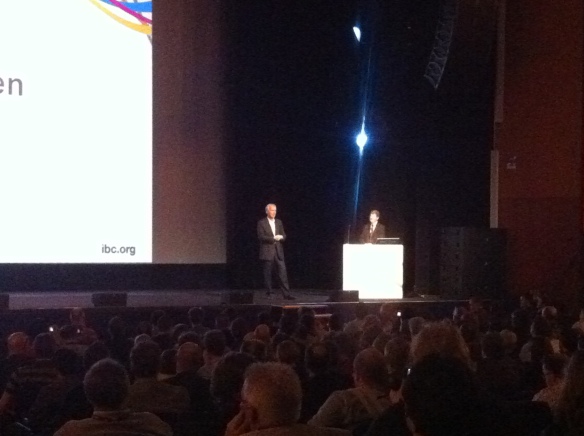The impact of digital technology is being felt—for better and worse—across a wide variety of cultural sectors (books, music, photography). One of the most prominent disruptions has been in the rapid evolution of tools used to shoot, distribute, and project motion pictures.
The new documentary, Side by Side provides an insightful record of this moment in the film industry—the migration from traditional film capture, duplication, and delivery to digital cinema technology. It offers a thoughtful exploration of where we’ve been, where we are, and where we’re going in this industry.
Written and directed by Christopher Kenneally, it is co-produced and narrated by actor Keanu Reeves who brings his own front-of-camera experience into the mix.
It’s easy to be giddy about the incredible new possibilities enabled by emerging technology. And it’s easy to be maudlin and nostalgic for old mediums and formats. Side by Side provides an unsentimental platform for prominent and passionate advocates—pro and con—to examine in more detail different facets of the transition.
“You can’t shoot 3D on film…so film has been dead in my heart for ten years” —James Cameron, director
“I hate 3D. I put on those glasses, I get sick to my stomach. The whole 3D phenomenon, it’s a marketing scheme, isn’t it?”
—Wally Pfister, cinematographer
There is mainstream (George Lucas, James Cameron) and esoteric (Lars von Trier, David Lynch, Lena Dunham) support for digital filmmaking that enables advanced effects and “democratizes” access.
There are also persuasive diatribes (from director Christopher Nolan, cinematographer Wally Pfister, and others) noting what is sacrificed, tangible and intangible, with the loss of the chemical film process and accompanying workflow.
I try not to do reviews here, but Side by Side is an excellent, entertaining film. Balanced, beautiful to look at (in handsome 2D), it’s a must for anyone who cares about this business. Martin Scorsese, fresh off his triumphant 3D Hugo gets the last word: “How do you use it to tell a story? It’s up to the filmmaker.”

